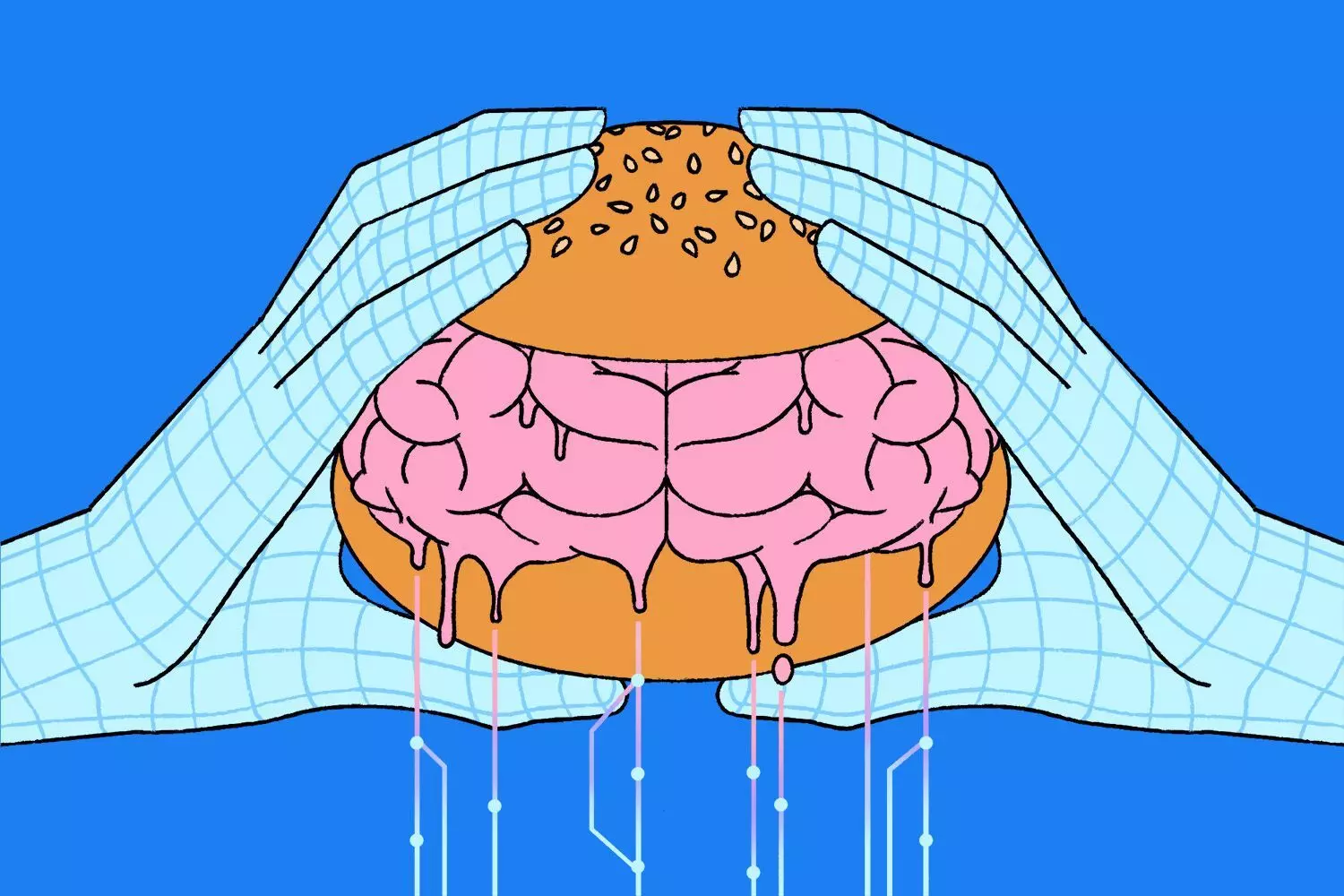Digital Dystopia
The internet’s latest obsession — AI-generated videos and images that look startlingly real but mean absolutely nothing — is reshaping how we consume, trust and even think

Welcome to the new era of content creation, where the videos look real, people look real, occurrences look real, and yet none of it is actually real. It could be a video of a soldier in a “fake” war; a police bodycam from an event of arresting someone that never happened; a historical scene reimagined, and even famous celebrities doing petty crimes (A viral video of OpenAI Sam Altman shoplifting has gone viral). The common thread is that it’s all hyper-realistically unreal, made by AI. The term used to describe this form of content creation is called AI slop.
What is AI slop?
The word slop originally meant leftover food that looked like a messy, watery mix fed to farm animals. “AI slop” borrows that imagery, meaning cheap, mass-produced, low-quality content generated by AI often without fact-checking, authenticity, or artistic intention. It prioritises quantity over quality, and virality over value.
The rise of AI slop
Platforms like Meta and OpenAI are openly leaning into this wave, even suggesting they’ll prioritise AI-made posts. OpenAI has recently launched (not yet in India) a platform that mimics TikTok in terms of the vertically scrolling, short, bite-sized content, all made by AI. Meaning the future internet could soon be a self-replicating machine where humans consume and feed algorithmic leftovers.
No actors, no directors, no reality checks. Just infinite, automated imagination. You can choose to do a cameo in it by inserting your own face and being “whoever you want to be”. While there are upsides to this, there are downsides too.
How will this affect us?
Misinformation overload: Even unintentionally, slop can spread subtle inaccuracies or biased information that is presented confidently by the AI, leading to a decline in public trust.
Brain rot: Constant feeding off sloppy, useless content has been shown to lead to cognitive decline
Identity erosion: The disappearing line between real and artificial is getting blurrier. Deepfakes are becoming harder to spot. A recent rise in videos of celebrities doing inane things has become a popular trend, leading to the decay of their public image.
Reduced workplace productivity: “Workslop” shifts the burden of quality control to coworkers, who must then spend extra time correcting and revising AI-generated output.
Creators: Mass-produced, low-effort AI content can crowd out the work of human creators and artists, making it harder for them to monetise their original content.
Ethical & legal dilemma: There are serious concerns around safety, consent, nudity, scams, crime and cyberbullying. Videos can be created and circulated without people’s consent.
An upside to AI slop?
Perhaps, if and when used consciously, AI can enhance creativity by helping writers visualise worlds, helping artists experiment fearlessly, and helping dreamers live out their wildest childhood fantasies.
Navigating our minds
Be a mindful consumer. Ask yourself, “Who made this? Why am I seeing this?” “Who benefits from me watching this?” “Is this seeming off?”
Value depth over dopamine. Trade 10 reels for five pages of meaningful reading from your favourite book.
Create consciously. If you use AI, guide it, don’t let it guide you. Trade quantity for curiosity.
Return to the basics. Real conversations. Real art. Real pauses. Reconnect offline. Call a friend. Sketch. Read something unfiltered. Real over reels.
The human mind thrives on connection and meaning, more than just constant digital stimulation. AI can mimic both, but it can’t be either. AI slop doesn’t nourish. It just fills space. It’s designed for clicks, not clarity; for consumption, not connection. So next time your thumb hovers over another “perfectly bizarre” AI video, pause. Ask yourself: Is this nourishing me or numbing me?



